Images from a local wood that is being destroyed
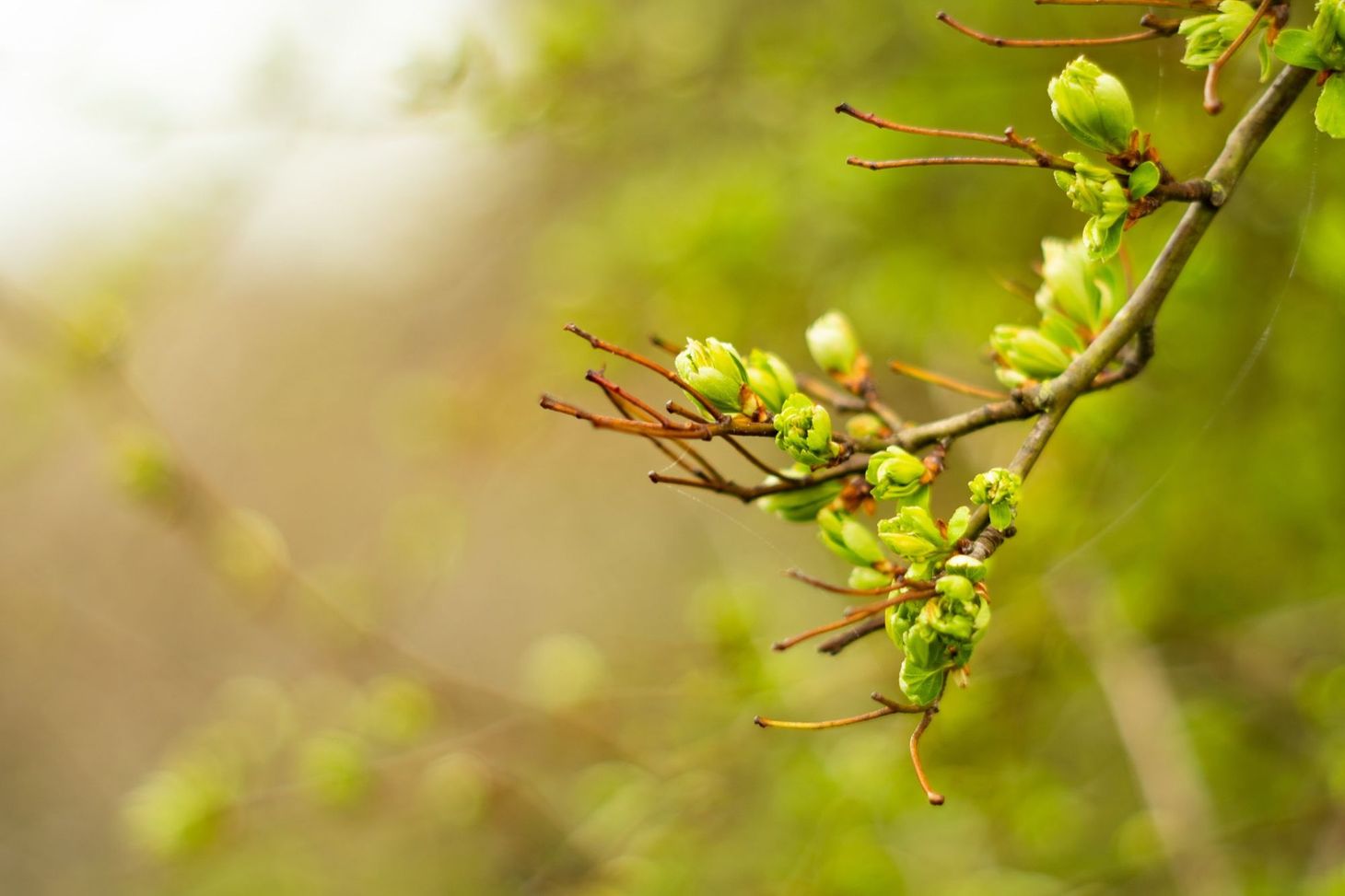
Please read this blog post for an update, including further images of the damage.
This morning, on my daily walk, I was shocked to discover that a local stand of woodland is in the process of being bulldozed.
Most mornings for the last three years, I’ve walked past a small stand of scrubby woodland between a caravan park and a fishing lake. I’ve seen no evidence that it’s ancient woodland; most of the trees seem to be no more than a few decades old, but it’s dense and impenetrable at one end, an unyielding wall of thorn. Towards the far end the vegetation is more open, the trees more mature.
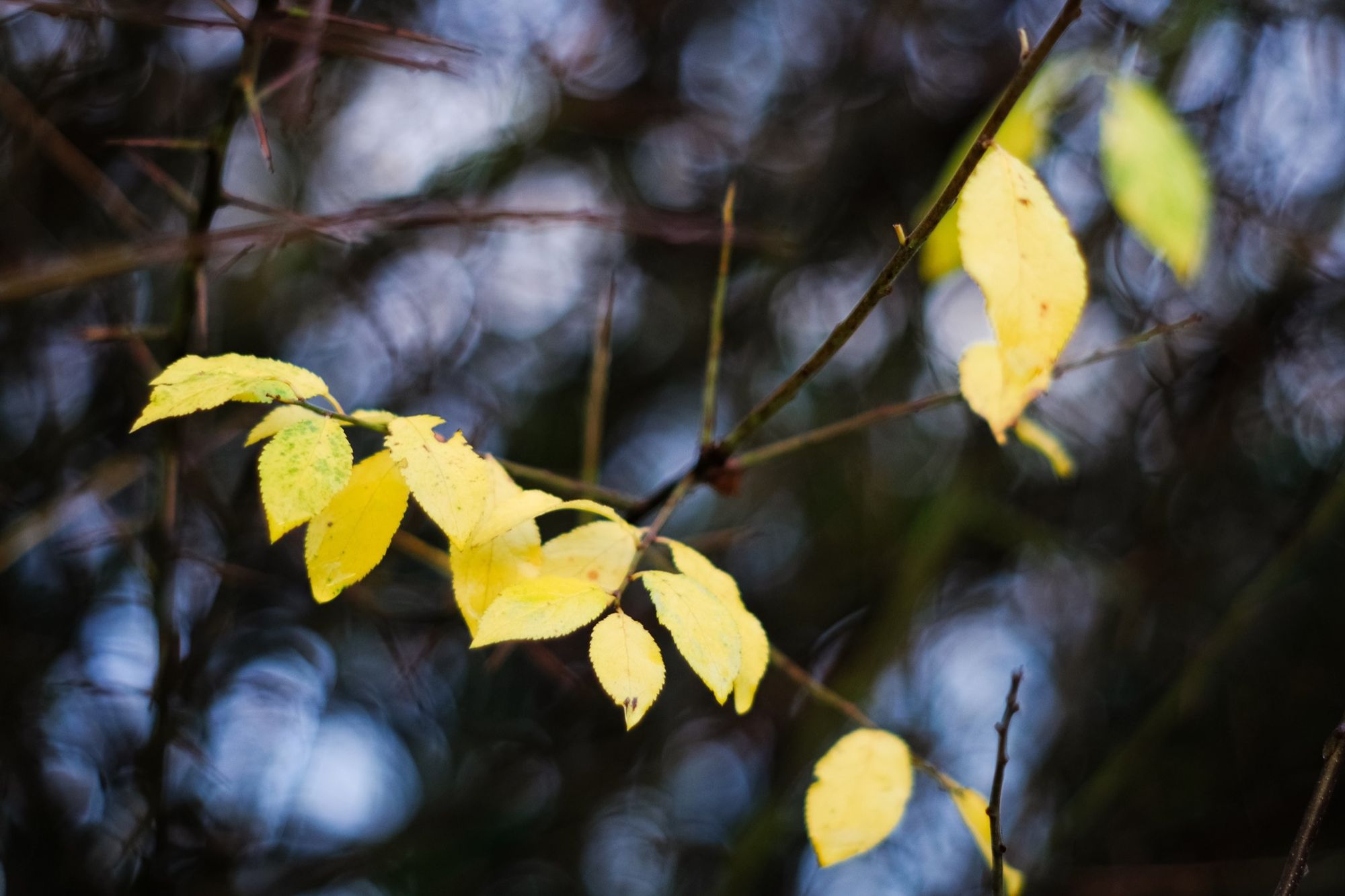
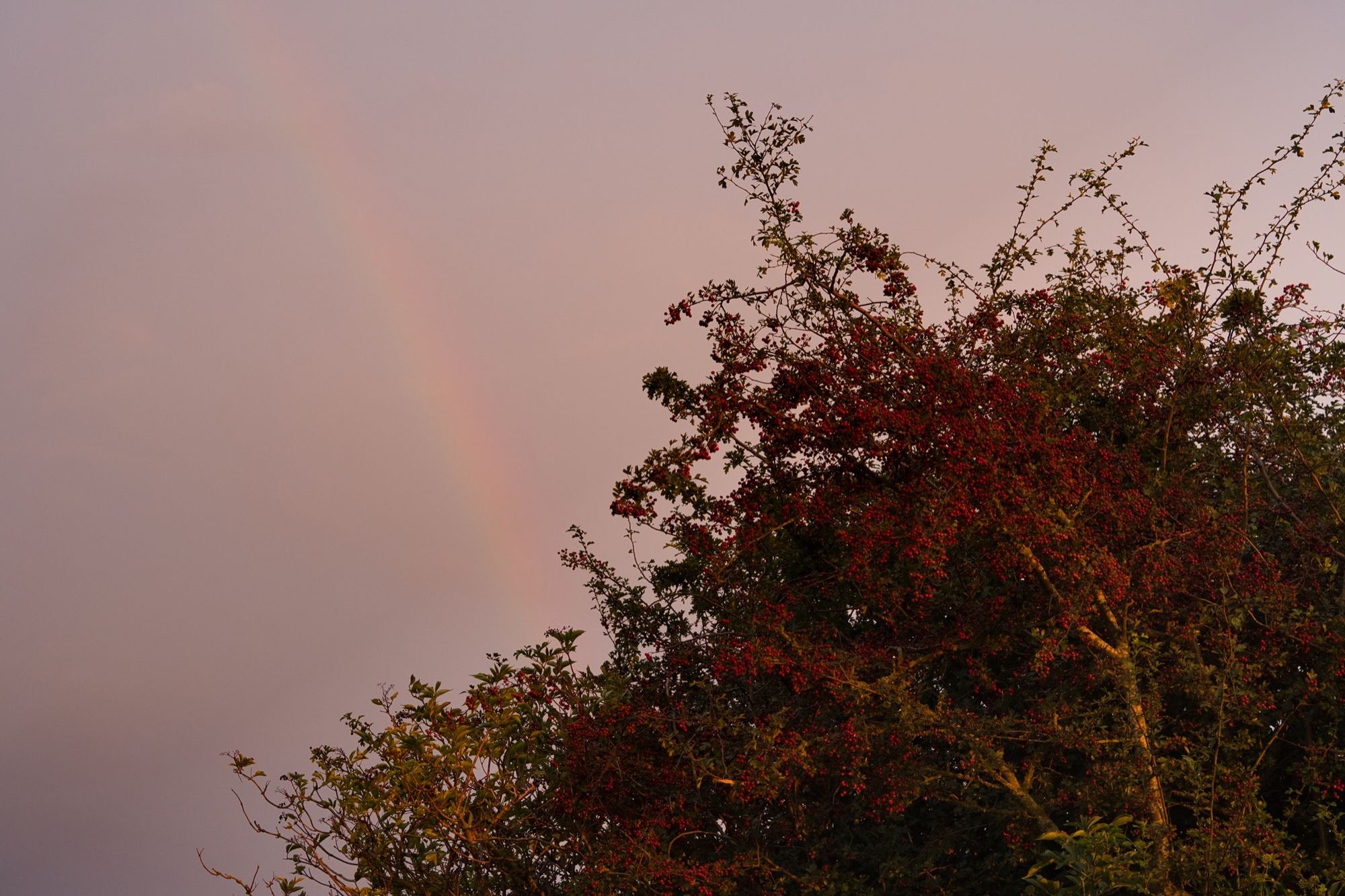
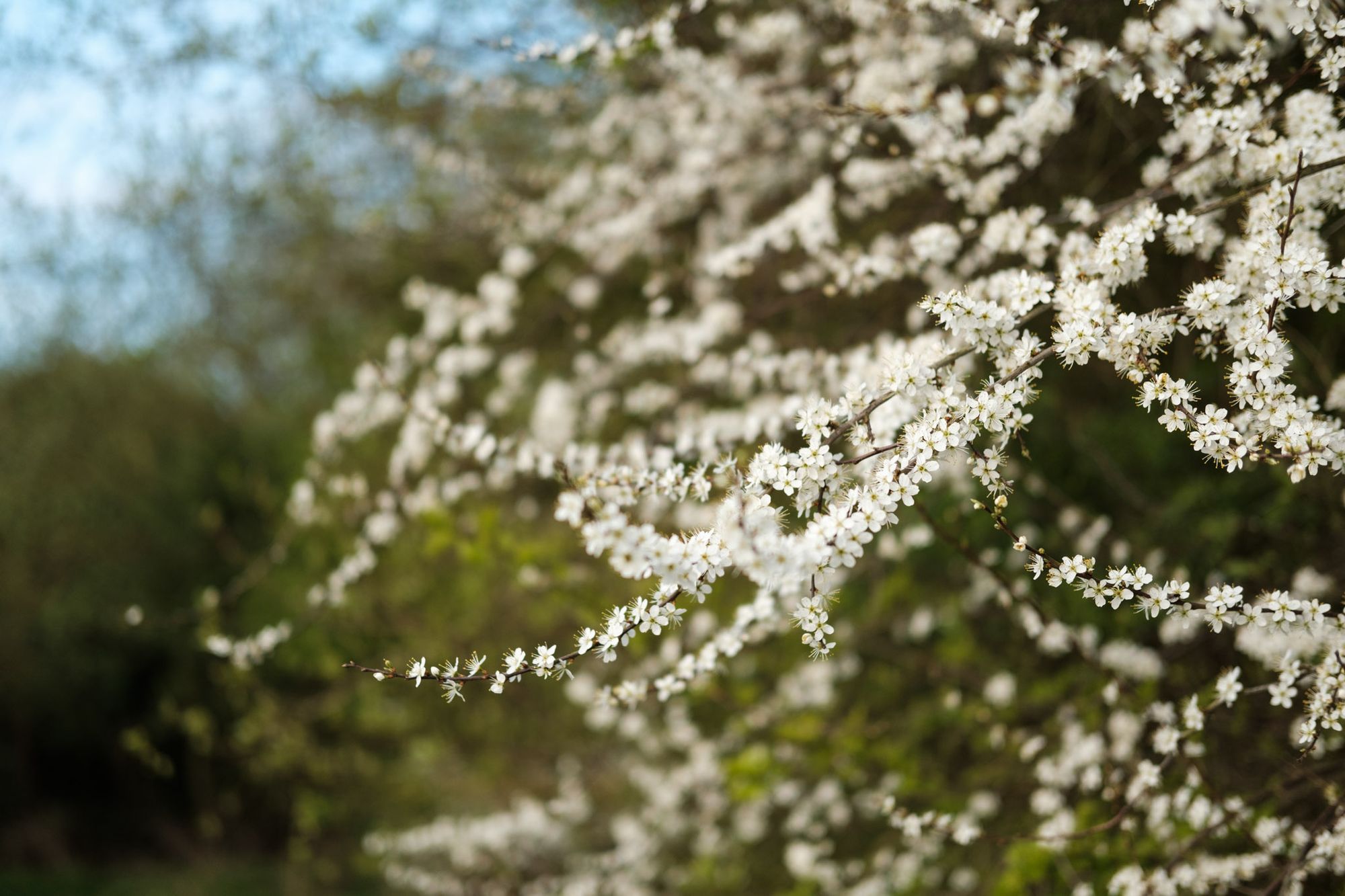
In most years this wood is where I see the first hawthorn leaves uncurl, heralding the coming spring. It’s also a rich place for wildflowers, butterflies and other invertebrates. There’s usually a blackbird or two piping up somewhere in the depths. Late in the year, after the vegetation has died back, dead nettles delight me with their variegated patterns amongst the fallen leaves.
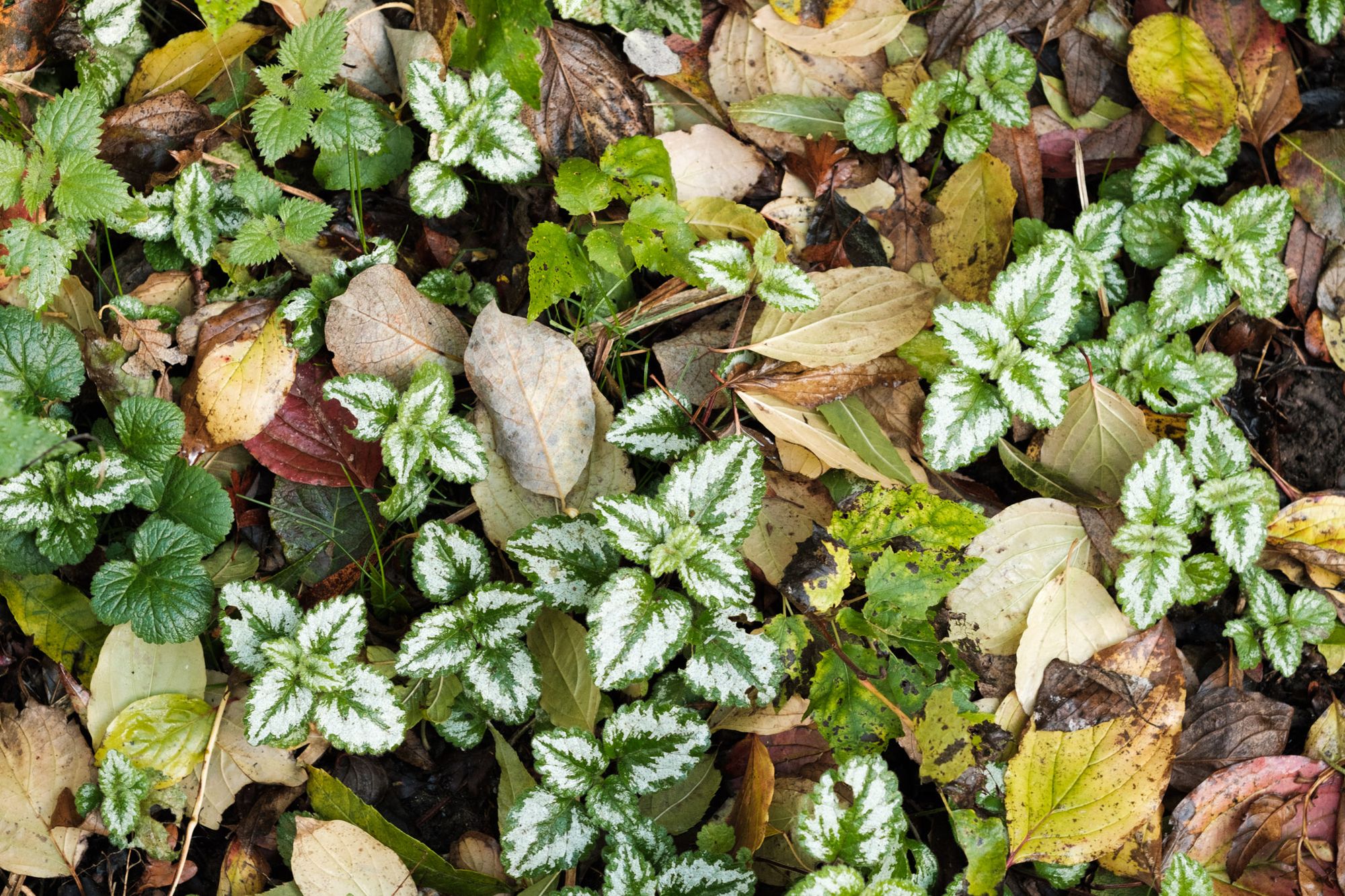
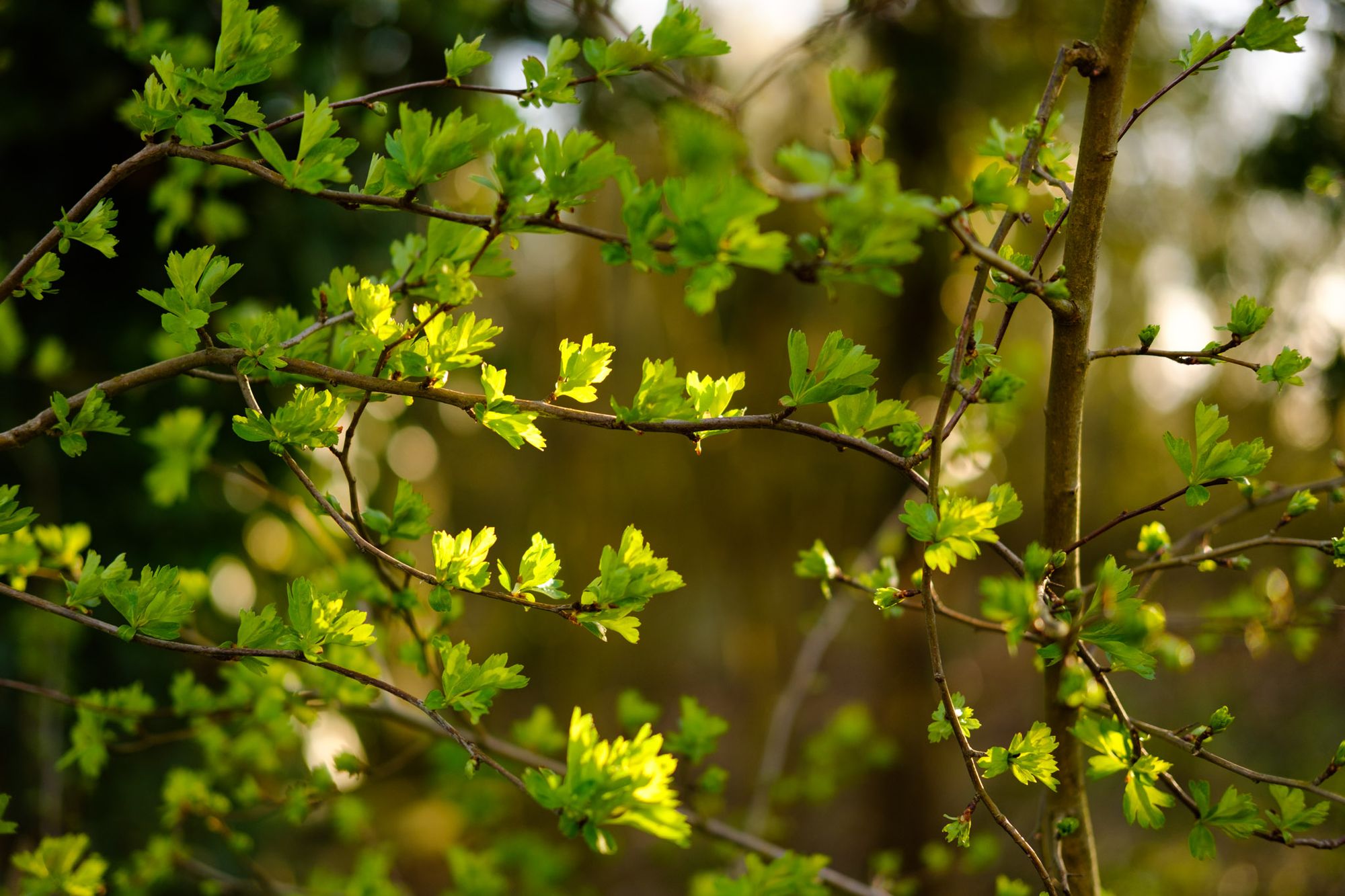
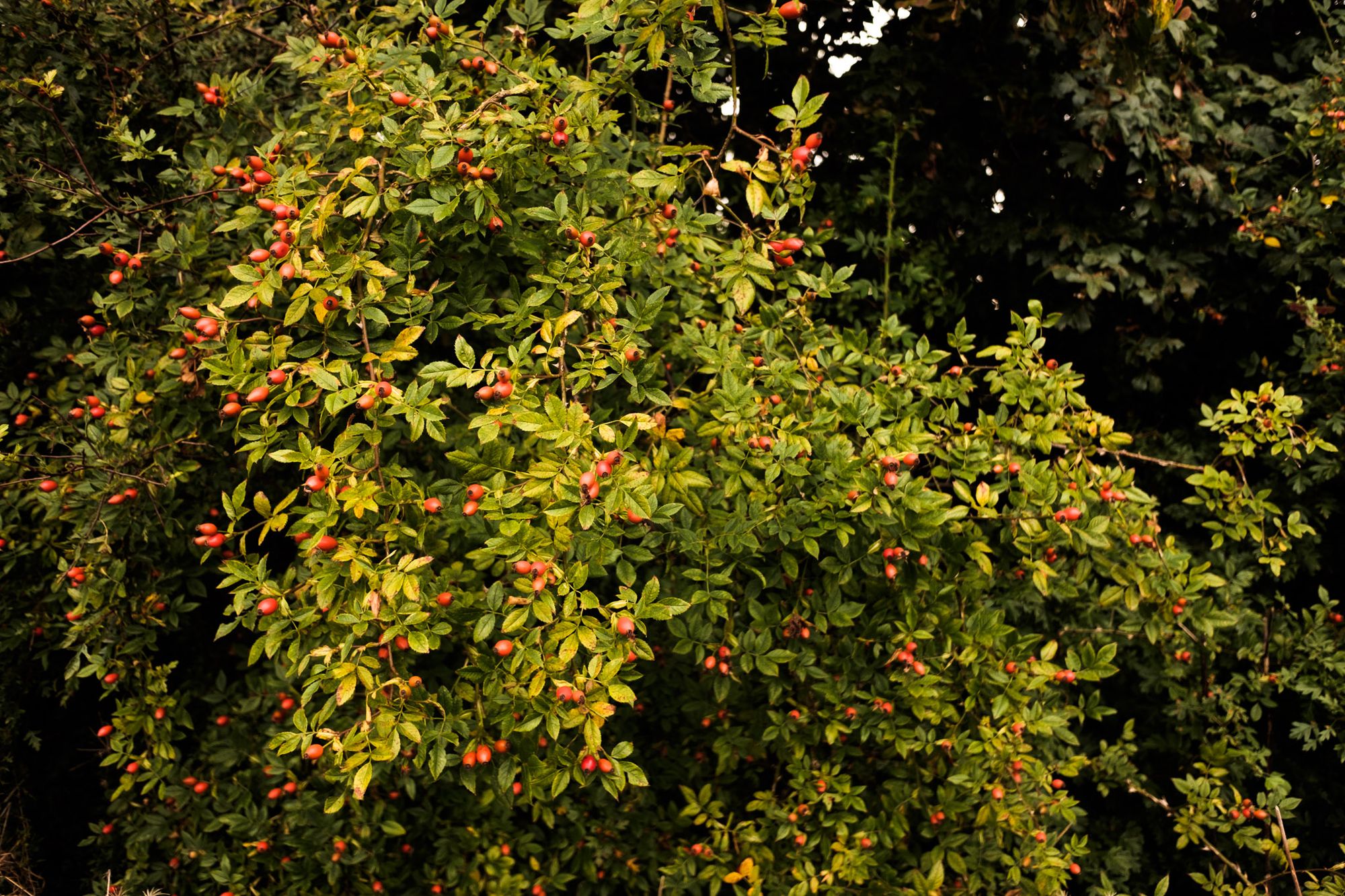
Yesterday I walked past this wood and all was normal. This morning I walked past to find one end of it completely obliterated.
My head torch lit up the side of a bulldozer parked in the middle of the public footpath. The footpath itself, once a narrow squeeze between shrubs, had been expanded to the width of an articulated truck. To my right, where there had been a tight hedge of hawthorn and rose bushes only the previous day, I saw a massive pile of smashed dead wood at least four metres high. Shrubs, bushes and trees had been obliterated and pushed up into an embankment, as if the wood itself were being forced back by the machines. A strip of ground several metres wide – ground where I had admired those beautiful dead nettles a few months before – had been churned up into a foul soup of mud and wood splinters.
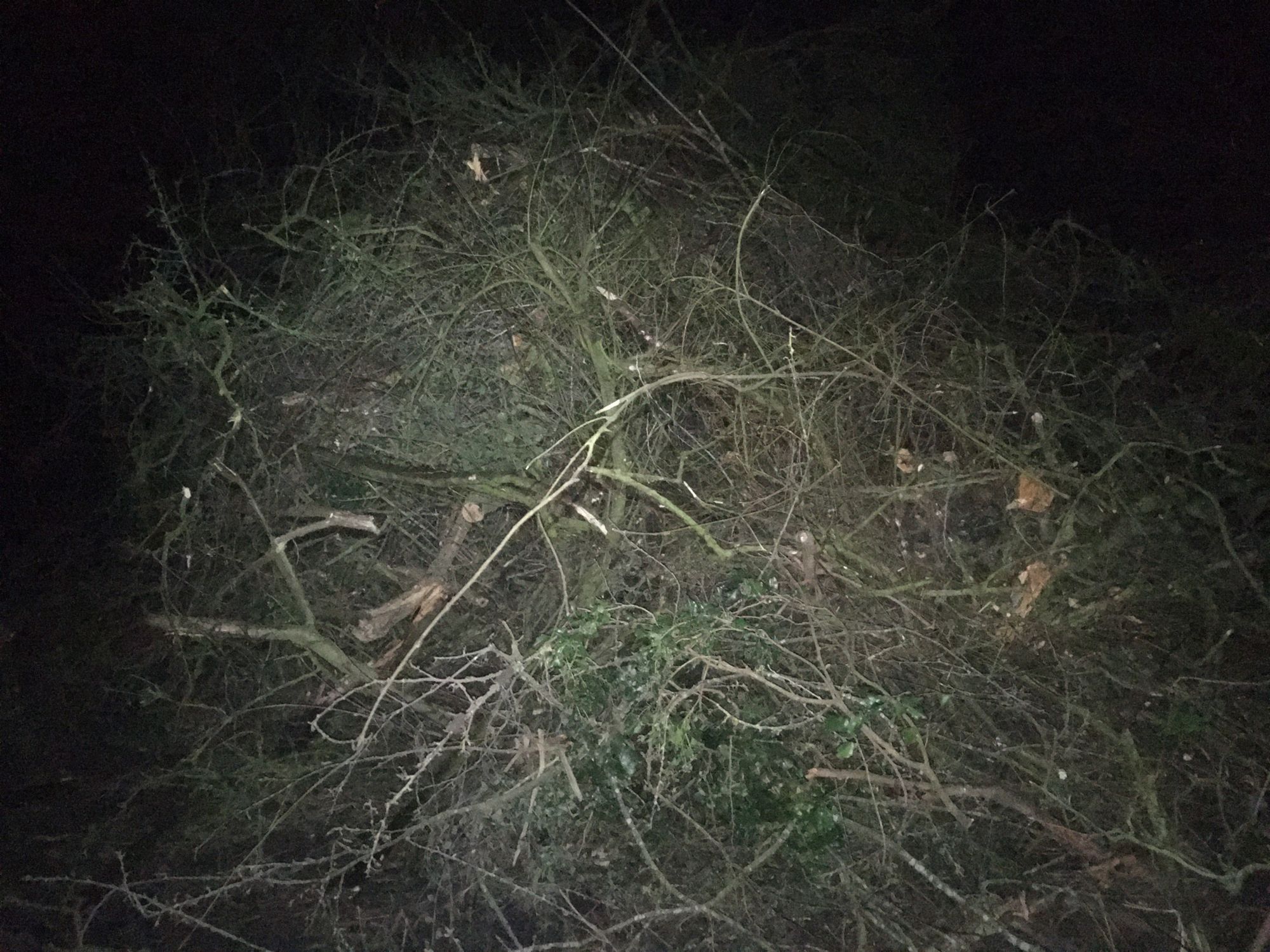
It was a horrible, jarring shock. A solastalgic punch to the gut. I listened for the pip, pip of the blackbird I usually heard in that wood each morning, but heard nothing.
In a day’s work, the bulldozer has destroyed what I’d estimate to be about 10% of the wood. Will it continue its work today? I don’t know. I do know that the older trees and the more varied biodiversity are towards the other end, farthest from the devastation, so there’s a chance that something of this small but valuable scrap of habitat will be saved. But the destruction is already immense.
As woods go, this one isn’t much, but it was something, and now it’s less than it was yesterday.
(One more thought. Is it a coincidence that this wood is right next to the footpath where I’ve been having so many access issues in recent years?)
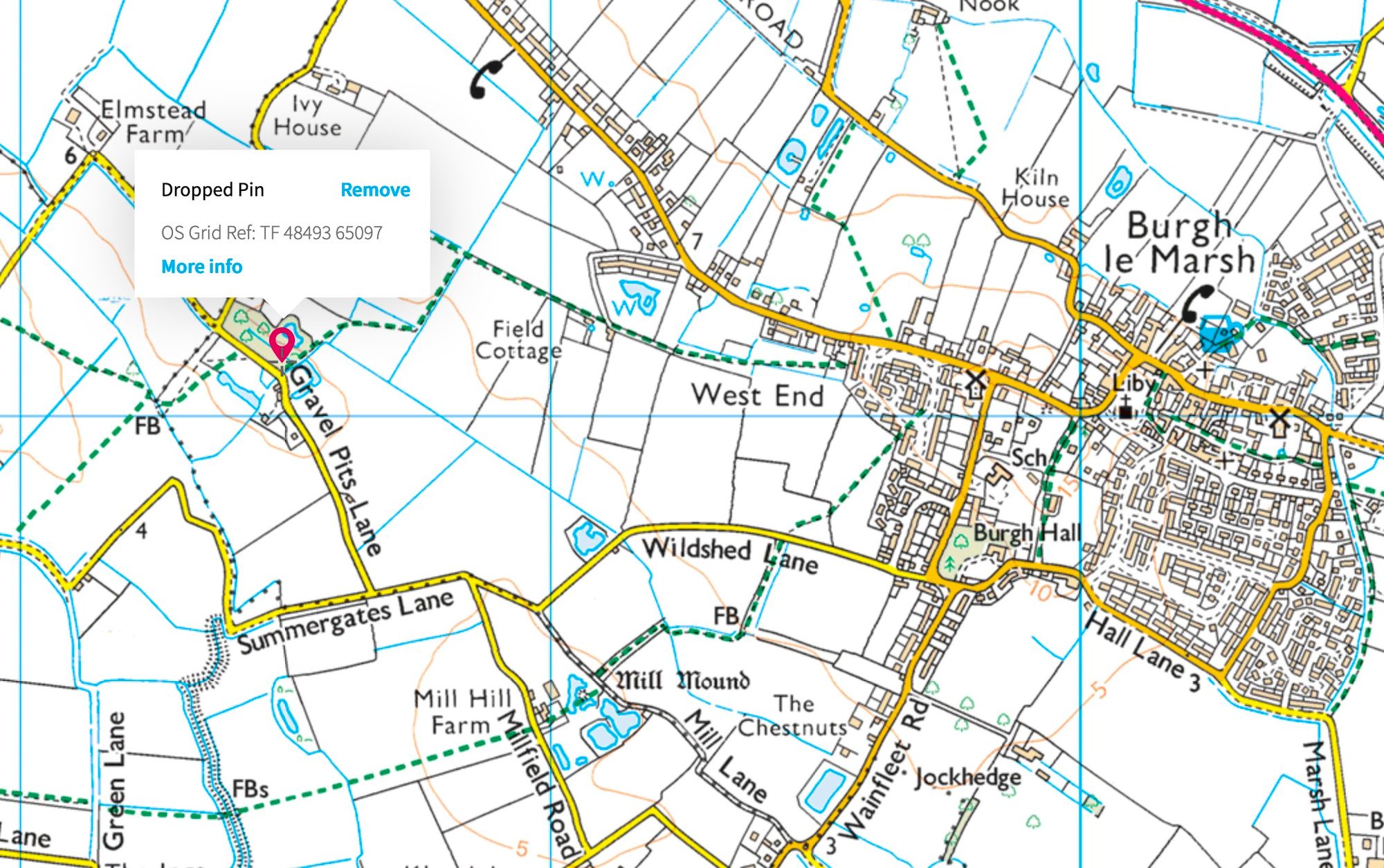
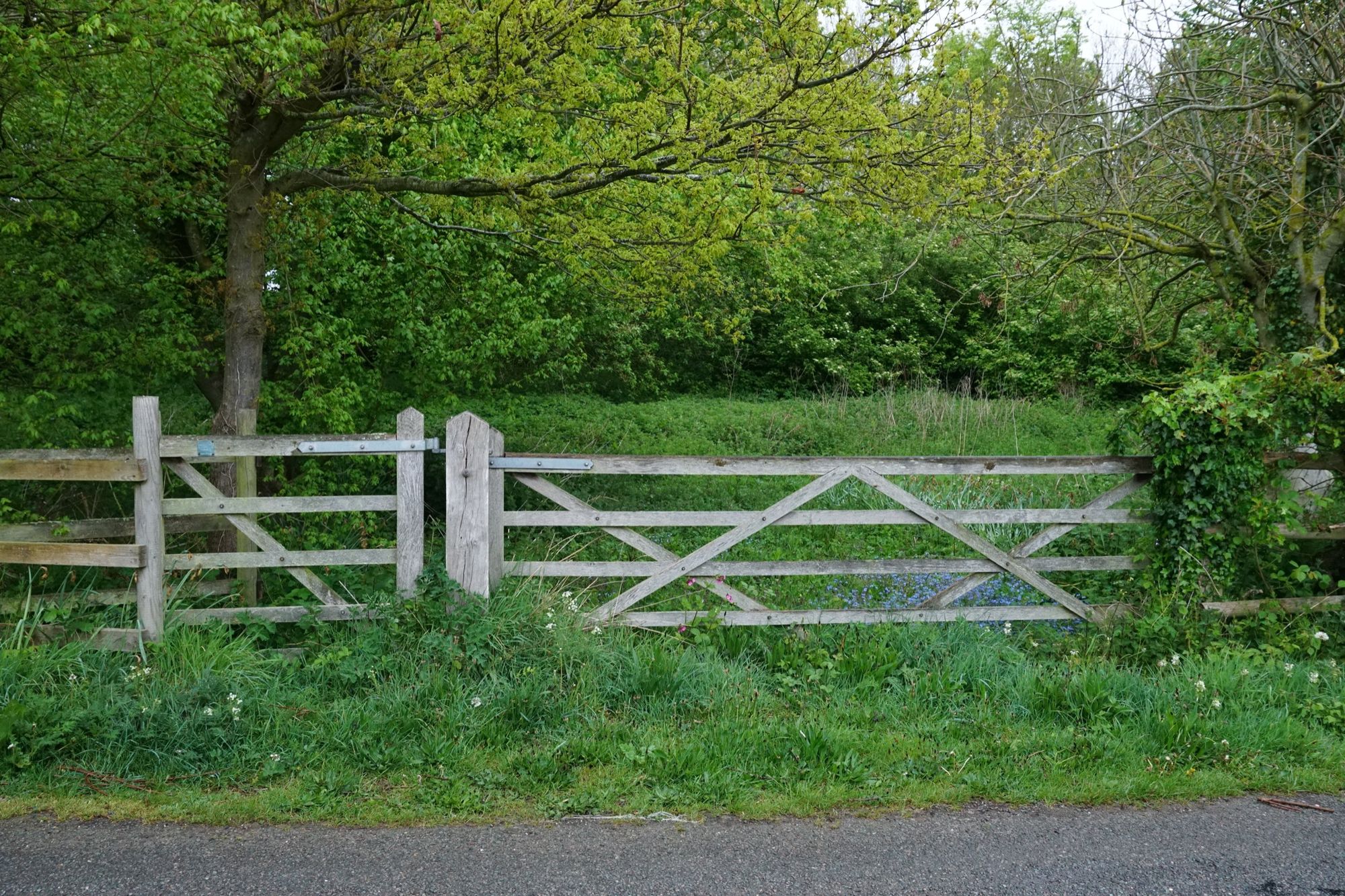
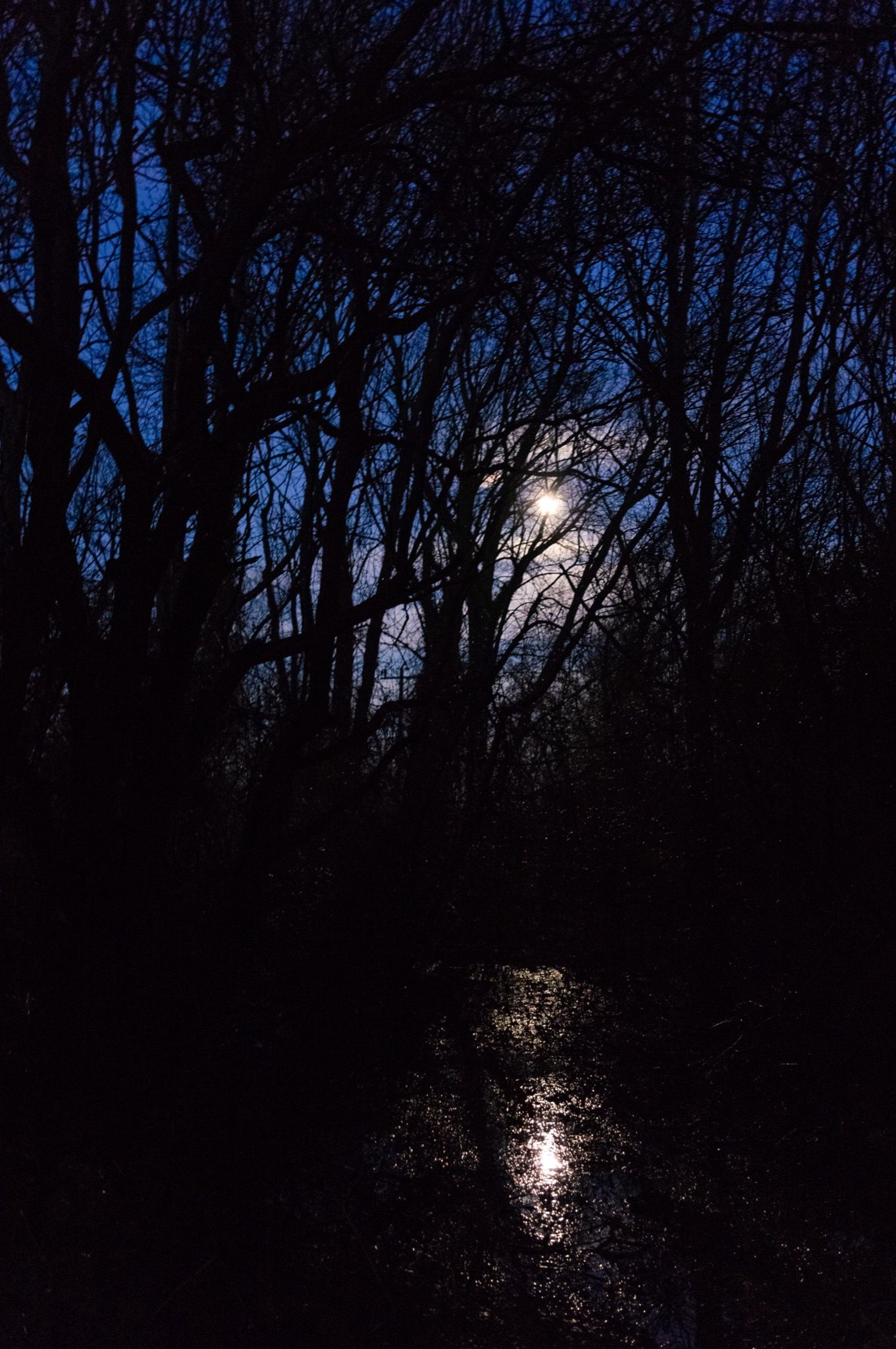
Alex Roddie Newsletter
Join the newsletter to receive the latest updates in your inbox.



